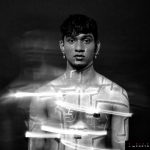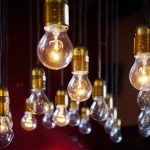Portrait Lighting Patterns
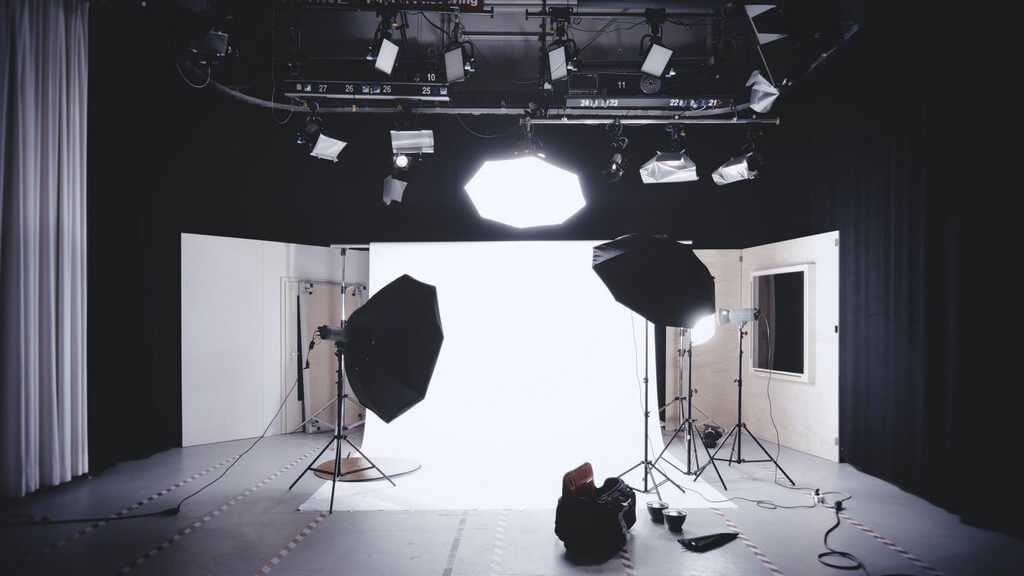
Portrait Lighting Patterns is the understanding on how to use light and shadow on a subject’s face to create different looks. A classic portraiture includes lighting ratio, facial view, lighting pattern and angle of view. As lighting plays a major role in Photography, it is important to know how to use it, why is it important and what is it used for? There are 4 patterns of Lighting called Split Lighting, Loop Lighting, Rembrandt Lighting and Butterfly Lighting.
Split Lighting
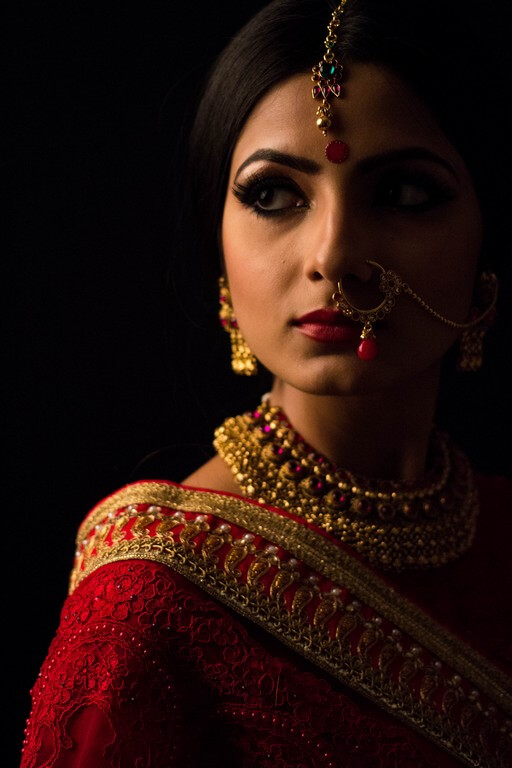
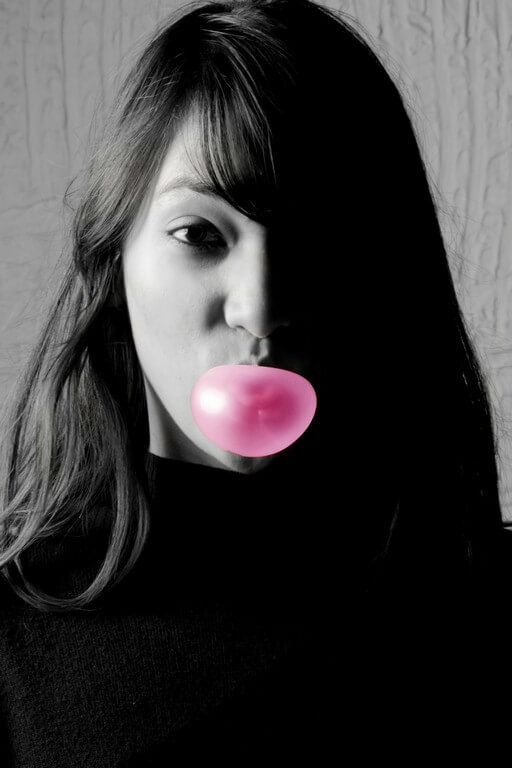
Students work on Split lighting
Split Lighting, splits the face into equal halves with one side being in the light whereas the other side in shadow, it is also known as Side lighting. Split lighting is applicable mainly for men than women as it is considered to be a masculine pattern. It creates a dramatic and a unique feel, which is not seen much in other lighting patterns. To achieve this, one has to position the main light to the side of the model’s face at 90 degree angle, where one side of the face is completely in shadow and the highlight is on the other.
Loop Lighting
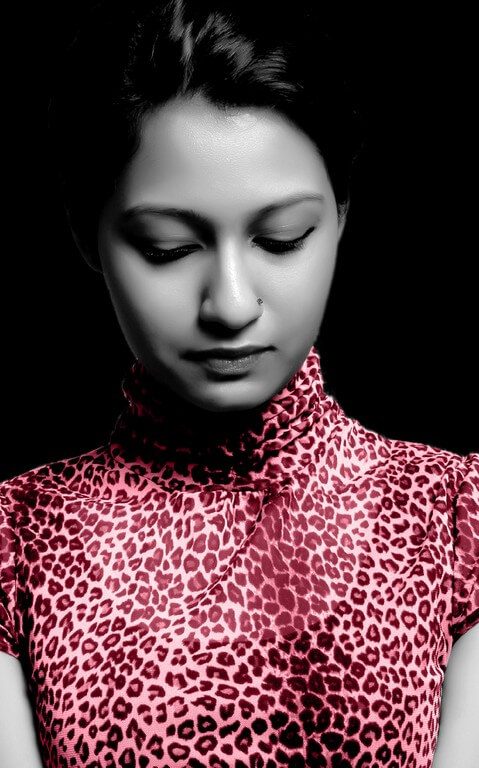
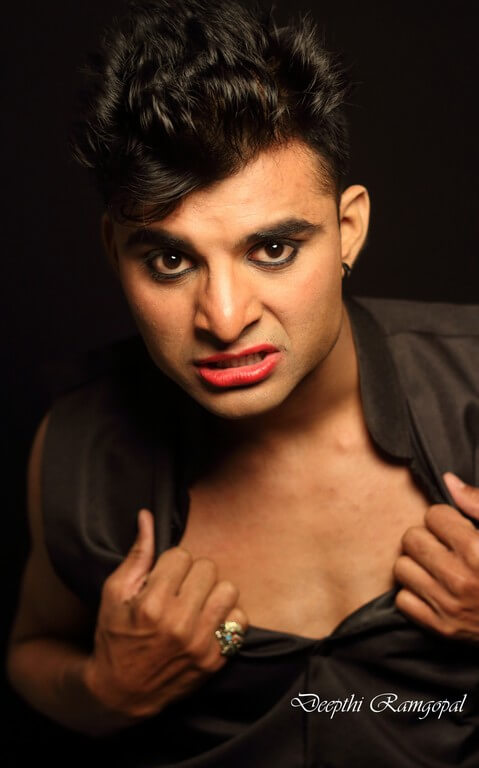
Students work on Split lighting
Split Lighting, splits the face into equal halves with one side being in the light whereas the other side in shadow, it is also known as Side lighting. Split lighting is applicable mainly for men than women as it is considered to be a masculine pattern. It creates a dramatic and a unique feel, which is not seen much in other lighting patterns. To achieve this, one has to position the main light to the side of the model’s face at 90 degree angle, where one side of the face is completely in shadow and the highlight is on the other.
Loop Lighting
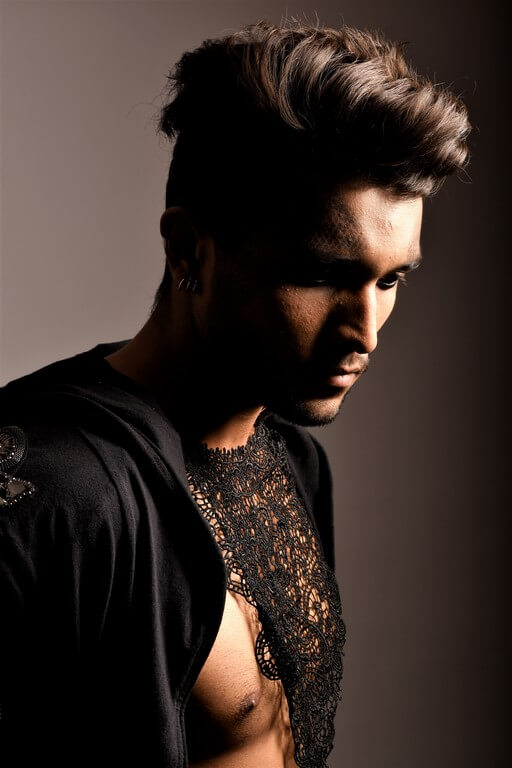

Students work on Rembrandt Lighting
Rembrandt Lighting is named after a Dutch Painter who used this style in his work and often used this pattern of light. This lighting is identified by the triangle of light formed on the cheek, unlike loop lighting where the shadow falls on the nose and cheek. It gives a dramatic effect and portrays a darker feel to the image.
Butterfly Lighting
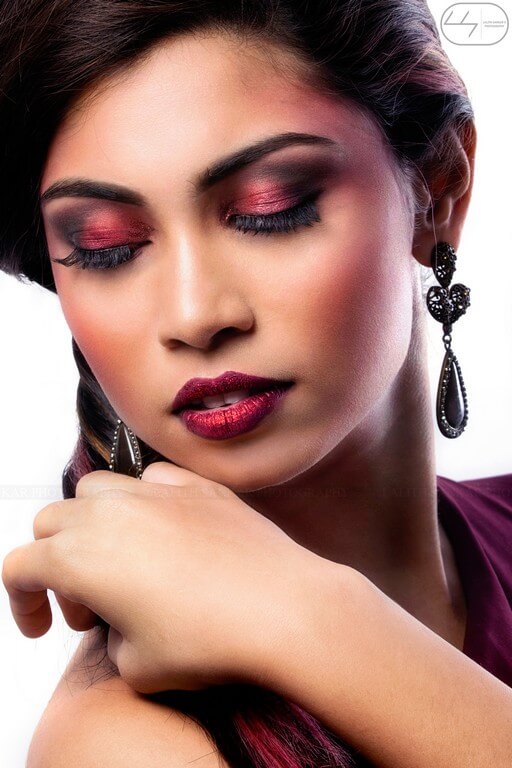
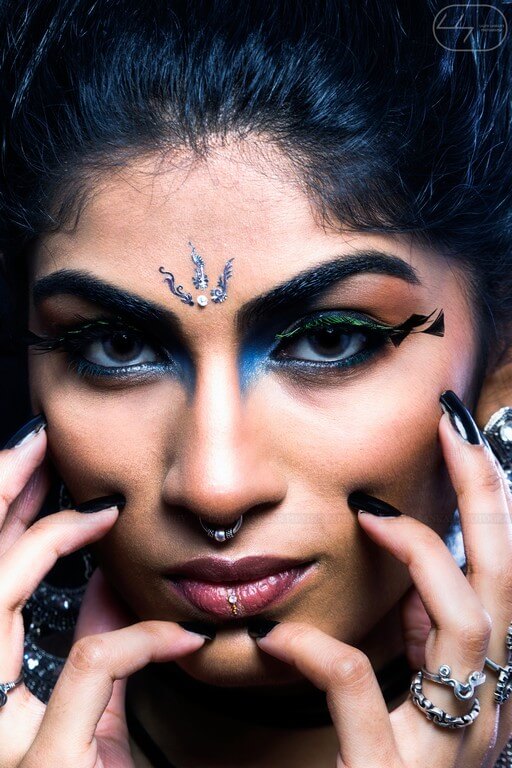
Students work on Butterfly Lighting
Butterfly Lighting, creates a butterfly shaped shadow under the nose and this type of lighting is also known as Paramount Lighting. It is mostly used for glamour style shots as it’s flattering for most faces. The main light source is placed above or behind the camera, pointing down slightly on the subject. It can create a dramatic shadow effect under the cheekbone and this pattern of lighting is used for older subjects as it emphasizes wrinkles less than side lighting.
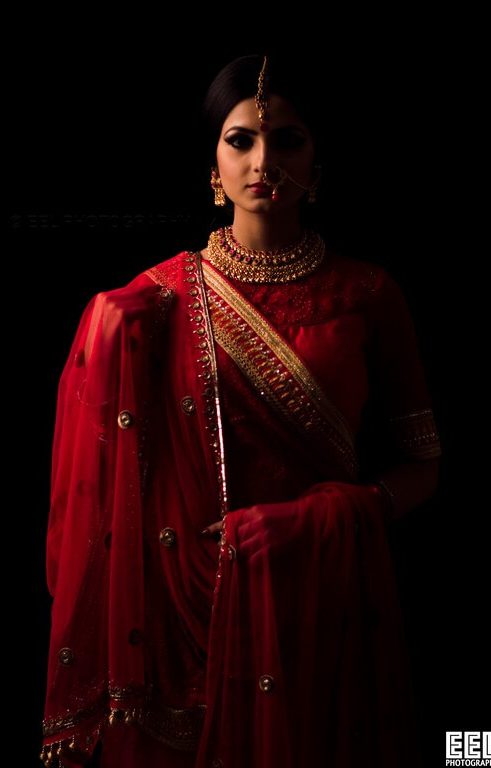
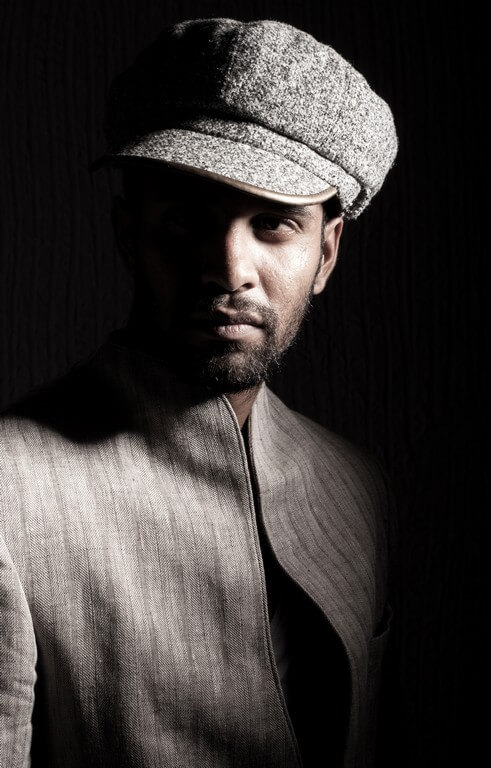
Students work on Split Lighting
Portrait Lighting Patterns, helps in identifying the best kind of lighting for each subject. One can achieve this by studying the subject’s face and the best lighting pattern suitable for the subject. This helps in creating stunning portraits with an exact light ratio. To learn in depth of Photography and lighting, one can enroll in the 3 month Diploma in Photography.




